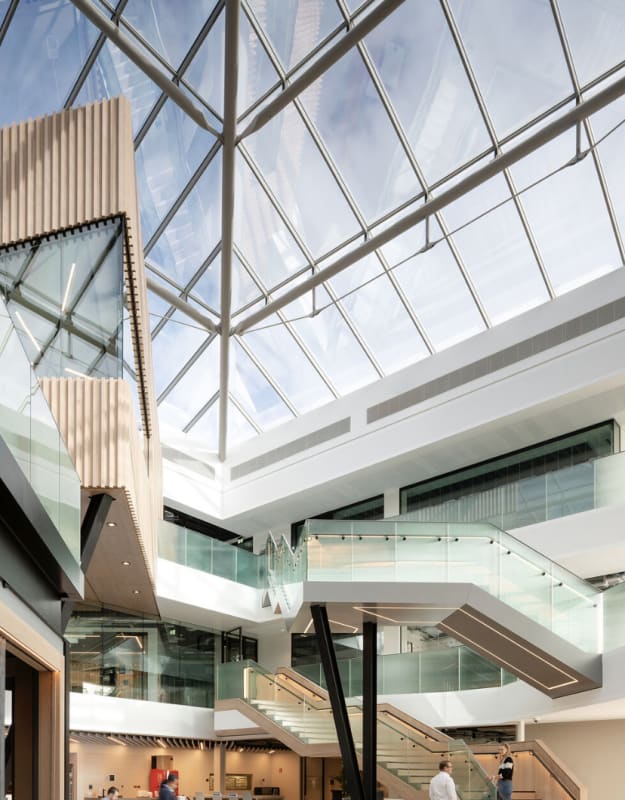MIStructE_IRE
Structural
- Sep 23, 2018
- 816
Hi,
I guess I’m thinking about this incorrectly. But looking at the tension chord in the roof support member below, why does it not want to ‘guitar string’ itself and flip - if that makes sense?
To justify this I’m assuming the verticals need to be cantilevered down from the horizontal tubular compression member. This induces torsion into the tubular horizontal member but the end connections are not torsionally stiff by the looks of it.

I guess I’m thinking about this incorrectly. But looking at the tension chord in the roof support member below, why does it not want to ‘guitar string’ itself and flip - if that makes sense?
To justify this I’m assuming the verticals need to be cantilevered down from the horizontal tubular compression member. This induces torsion into the tubular horizontal member but the end connections are not torsionally stiff by the looks of it.

